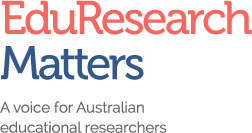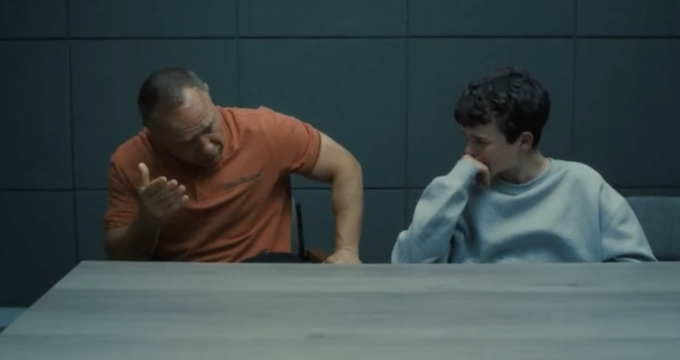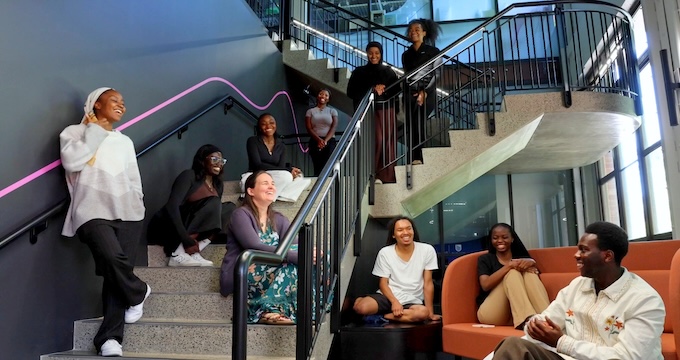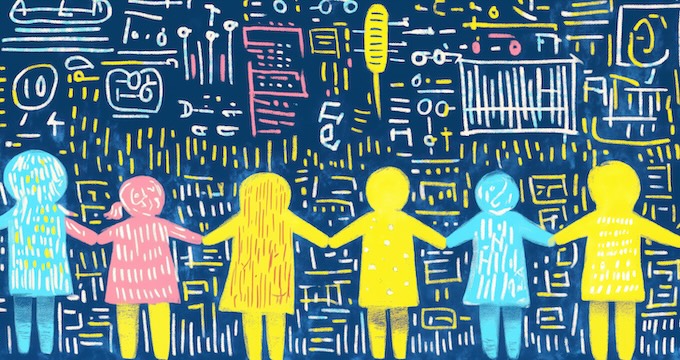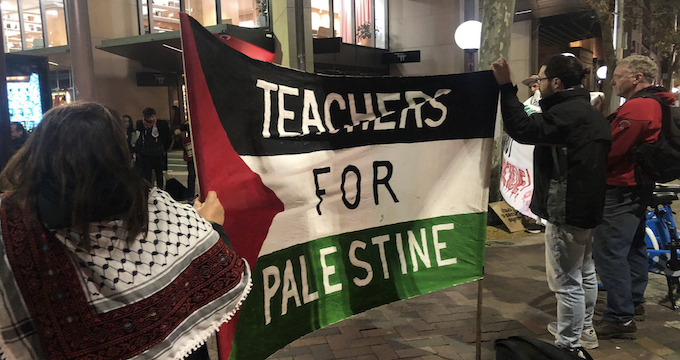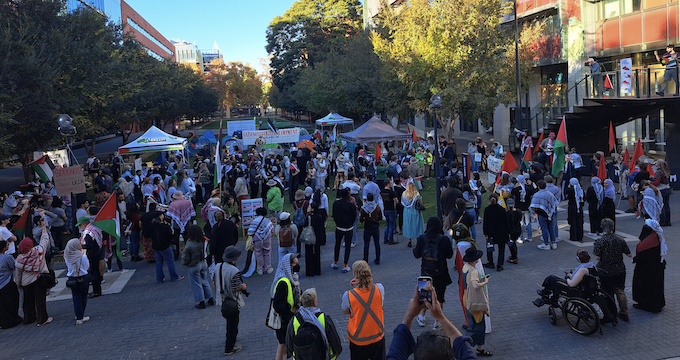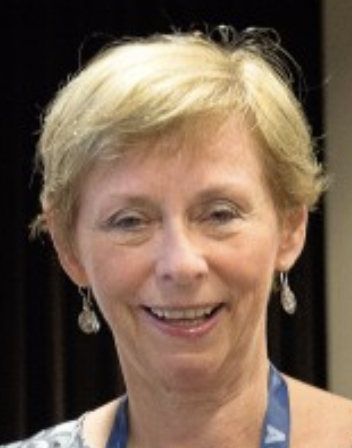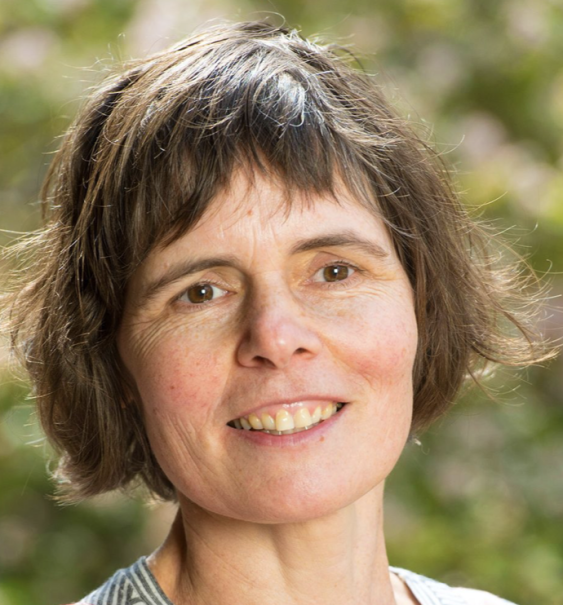Economic inequality in Australia is intensifying. We now live in a society that funnels money up to the already wealthy. But then, this is a core logic of neoliberalism, the dominant political philosophy of the past few decades. And all social policy is being refashioned in the name of offloading demands onto the market and slowly undermining democratic decision making. And schooling now plays its part in this process but then also has one of the most significant roles in Australia’s social policy mix. Mostly because it is through schooling that families get out of poverty. At least that is the egalitarian myth.
Unfortunately, schooling has gone missing again as a significant topic for the next federal election. It is not surprising because schooling has a set of very significant and difficult policy challenges that neither of the political parties wants to discuss. Briefly schooling now has the following policy troubles: falling student achievement compared to international standards, intensifying teacher shortage, a school leadership crisis with too few aspiring leaders, and increasing numbers of students not attending, disengaged and not completing schooling.
What we hear: Let’s just go harder
What is moot here is the response by those governing to this set of troubles. All we hear from governments and key knowledge brokers is let’s just go harder with the policy we have in place. But the key logics of Australia’s policy regime for schooling have weak evidence at best.
Most importantly though, Australian schooling is now one of the most unequal systems in the OECD and I want to argue that this set of troubles has at its centre, this inequality problem. But then the inequality problem for Australian schooling is: laminated over in policy debates; the very notion of equality is reframed inside of a neoliberal logic and now gets discussed in terms of ‘every child’ and not how schooling as system fails specific groups; and the strong correlation between SES status of school communities and student achievement is now treated as irrelevant, it’s not a topic for policy intervention and schools are evaluated as though they operate on a level playing field.
Unfortunately, in response to these troubles, governments treat these issues separately, hide their own policy failures, and mostly blame schools and teachers. All we hear ad nauseum is that the policy is working and that teachers aren’t implementing the science. And the solutions are most often strategies to undermine the professional autonomy of teachers. Let’s mandate dumbed down teaching [explicit instruction (sic)], and give the stressed overworked teachers lesson plans, teach the students how to sit still, and force adoption of a phonics fundamentalism.
What makes the machine
I argue that Australian schooling is now an inequality machine. I am using the metaphor of a machine to focus attention on an assemblage of elements that collectively shape and exercise power through schooling policy. In this case, the machine includes a government policy regime, various knowledge brokers, and the school systems. And to be more precise, schooling is a logic machine that is now driven by policy logics that have little to no evidence that they improve learning, and these logics rarely get a mention when governments discuss the policy challenges.
Four key policy logics
I note four key policy logics that drive the sector: a marketized version of school devolution, standardisation, NAPLAN and demands to implement a what works learning science [often referred to also as a Science of Teaching Paradigm SoT]. Each of these policy logics feeds the inequality machine!
Sham commitment
- A marketised version of school devolution asserts a one-size-fits-all logic, and intensifies the residualisation of schools serving high poverty communities. As well, this policy logic promotes a sham commitment to parental choice given most parents can’t choose and hence must send their kids to the local public school. But public schooling is being actively undermined by the other 2 sectors and other policy logics. And even though the present government has finally ‘fixed’ the funding demands from Gonski, Australia ranks first among OECD countries in terms of government funding for private schools.
Standardisation
- Standardisation in Australian schooling contributes to educational inequality in several ways, including: narrowing the curriculum leading to disengagement and lower achievement among some students; undermines teacher professional autonomy and hence their ability to respond to the unique needs of their students, reducing the quality of instruction and student engagement, leads to fetishising a focus on raising test scores, rather than addressing underlying causes of educational inequality
Raising test scores narrows curriculum
- The NAPLAN and the Myschool website contribute to the production of educational inequality by: placing a strong emphasis on raising test scores, which has led to a narrowing of curriculum and to teaching to the test, rather than addressing deeper learning or critical thinking skills; creates high-pressure environments that disadvantage some students; undermines alternative measures of good practice and drives teachers towards narrow, unproductive definitions of literacy and numeracy, at a time when Australia needs to be advancing as a highly developed knowledge economy.
Pushing a paradigm
- Pushing a “Science of Teaching” paradigm contributes to educational inequality through: decontexualised truth claims about what works invariably neglects socio-economic factors such as poverty, racism, and lack of resources, which do have a significant impact on student achievement; the emphasis on standardised, evidence-based (sic) practices limits teachers’ capability to teach to the specific unique needs and interests of their students, particularly in disadvantaged communities; and tends to reinforce existing inequalities by failing to address systemic biases and barriers to learning.
Governments rave on about evidence based practice but Australian schooling policy has four key logics that have weak evidence at best that they improve students learning. And there is a strong case that these logics, operating as a set, are in large part responsible for Australia’s appalling claim to be one of the most unequal schooling systems in the OECD.
This inequality machine is now well ensconced and teflon coated and there are many snouts in the trough, making money from sustaining a failing policy regime. Is it possible that Australian schooling could become a machine for equality? Some ideas:
- A royal commission into inequality in Australian schooling
- Scrap or rebuild AERO from the ground up and through the adoption of a ‘good social science’ and not a scientism that fetishes measuring as the only way to reform.
- Rebuild the ‘educational’ intelligence of federal and state governments and hence undermine the reliance of policy brokers (grifters?)
- Weaken policy borrowing from the UK and the USA who have both shown the weakness of their own schooling systems of late
- Recalibrate the policy regime, away from a neoliberalisng marketizing logic to one that rebuilds school and teacher professional autonomy
- Cease blaming schools, teachers and students for policy failure

Robert Hattam is emeritus professor of educational justice at the University of South Australia. His research interests include social justice critical pedagogy, school reform, educational policy and culturally responsive schools.

